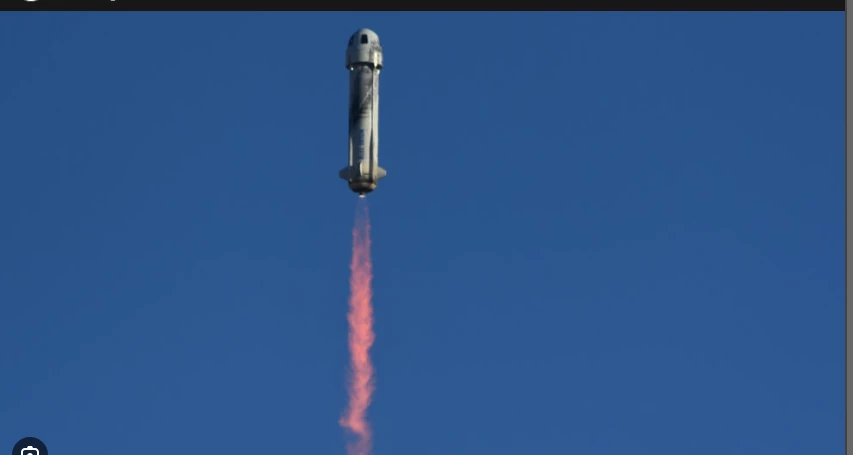Jeff Bezos's Blue Origin headed back into space after accident

Stay tuned with 24 News HD Android App

The American company Blue Origin plans to launch its rocket Big Shepard Monday for the first time since an accident more than a year ago, as the firm founded by billionaire Jeff Bezos heads back into space.
The launch window from the pad in west Texas opens at 8:30 am local time (14H30 GMT), said Blue Origin, which plans to live stream the event.
This mission known as NS-24 will not carry a crew but rather equipment for scientific experiments, more than half of which Blue Origin has developed in conjunction with NASA.
In the accident in September 2022, the rocket booster stage crashed to the ground, although the capsule part of the spacecraft came down safely with parachutes. There was no crew aboard.
The accident prompted a probe by the Federal Aviation Administration (FAA), which concluded in September 2023 with the finding that the accident was caused by a higher-than-planned temperature of the rocket's engine.
The FAA instructed Blue Origin to make changes to be allowed to resume launches, in particular regarding the design of certain engine parts.
The FAA confirmed Sunday it has approved Blue Origin's application to fly again.
Blue Origin uses its rocket called New Shepard for space tourism flights from Texas.
It has now taken 31 people for short rides into space, including Bezos himself.
The spacecraft is composed of a booster stage and, at the top, a capsule carrying the payload.
In the failed mission known as NS-23, the capsule's automatic ejection system activated, so it floated to the ground safely.
The main stage of the rocket was destroyed when it crashed to the ground, rather than land vertically in a controlled fashion to be reused, as Blue Origin usually does.
Blue Origin is competing in the space tourism market with Virgin Galactic, founded by British billionaire Richard Branson.
But Blue Origin is also developing a heavy rocket called New Glenn, with the maiden flight planned for next year.
That craft, which measures 98 meters (320 feet) high, is designed to take a payload of as much as 45 metric tons into low earth orbit, whereas New Shepard goes to a much lower altitude.
